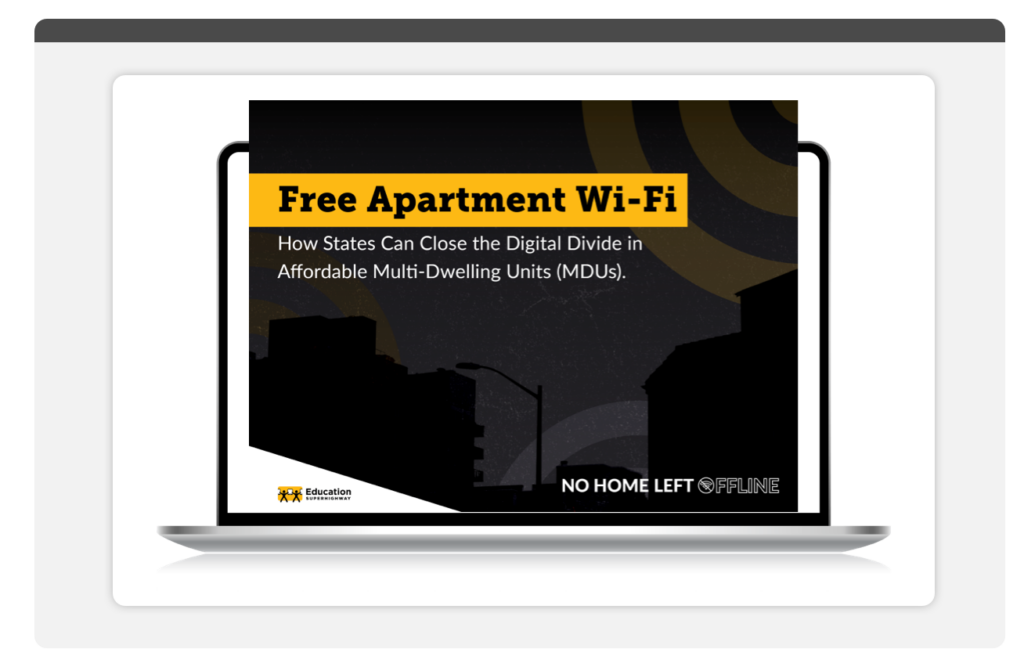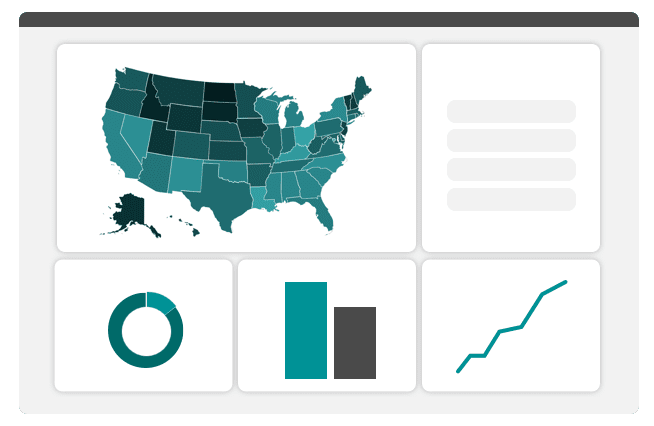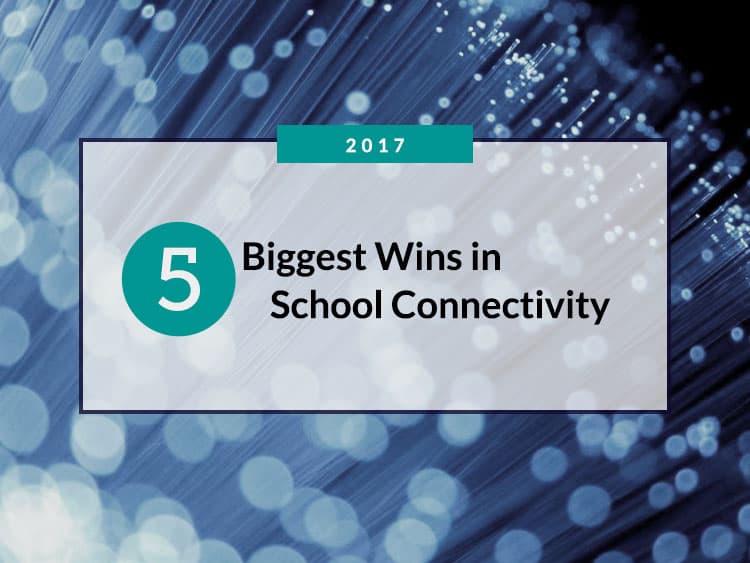In the effort to ensure that all students have equal access to the broadband they need for digital learning, there are challenges and triumphs every year. There is no doubt, however, that incredible progress has been made in connecting America’s classrooms to high-speed Internet. Here are five of the most important victories for K-12 connectivity in 2017.
1. The FCC Announced Rural Broadband Month
For the first time, the FCC designated August as Rural Broadband Month. Rural school districts can face particular challenges in procuring and sustaining high-speed Internet access in every classroom. The aim of the month was to draw attention to those challenges and propose affordable, sustainable solutions.
2. States Continued Their Commitment to K-12 Broadband Initiatives
The commitment of state leaders to school broadband is a critical component of progress in the fight for digital equity. In 2017, many states around the U.S. showed that commitment through their broadband initiatives. In December, Colorado’s education leaders found that through their Kids Link Colorado Initiative, statewide school bandwidth doubled by 200%.
3. Arkansas Achieved 100% Connectivity in All Public Schools
The FCC set a minimum connectivity goal of 100 kbps to give schools a tangible idea of the very least bandwidth required for digital learning. In July, Arkansas became the sixth state to achieve the impressive milestone of getting all of its public schools to 200 kbps of bandwidth. Many of these schools were connected by fiber; in a predominantly rural state, this shows that high-speed Internet access can be achieved affordably, even in remote areas.
4. Thanks to E-rate, School Internet Costs Dropped to an All-Time Low
School Internet costs have been steadily dropping since E-rate’s critical modernization in 2014. In 2013, Internet access cost a whopping $22 per Mbps. That cost is now only $4.90, and has dropped 30% from 2016 to 2017 alone. That means that high-speed Internet is more affordable and accessible than ever, and school districts that have not yet upgraded or that still have insufficient bandwidth have greater potential to improve their connectivity.
5. Reliable Broadband Gained Further Recognition as a Fundamental 21st Century Right
When Internet access is viewed as a luxury or an option, it is difficult to ensure that everyone can access it. More and more, however, citizens, journalists, governments, and students are recognizing Internet access as a necessity, and any lack of digital access as a serious equity issue. This recognition can help galvanize support for state broadband initiatives, E-rate, and the many efforts to ensure that every student in every classroom can benefit from digital learning.
Learn more about why connecting K-12 classrooms is so important.






